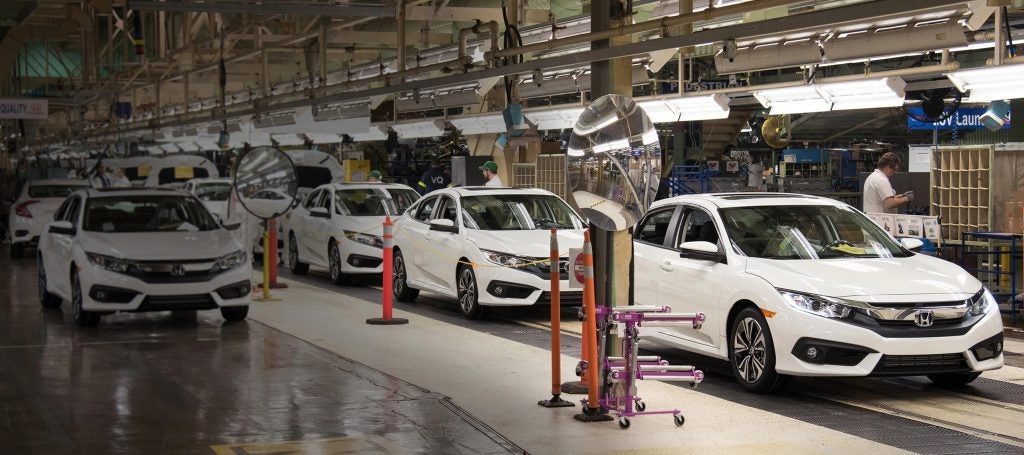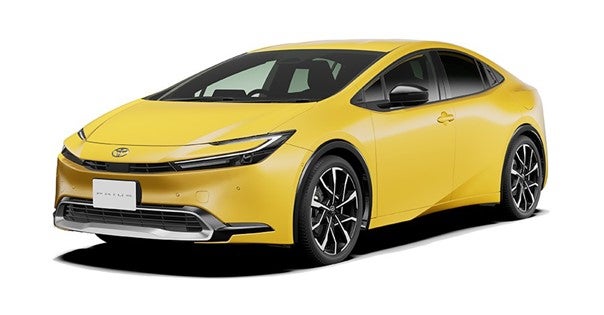Despite the tough business climate we expect to see some major developments in location-based services in the next 12 to 18 months. In particular the roll-out of the first 3G wireless services and the next phase of vehicle telematics systems will both have a dramatic effect. At the same time the major internet portals will seek ways of providing chargeable added value services to their existing mapping and navigation functions. This will lead both to competition and cooperation, probably in equal measure. Car manufacturers want to ensure they continue to have a high value relationship with their customers by adding high margin, recurring services revenues to their low margin vehicle supply business and to develop enhanced customer relationship management (CRM). Similarly mobile telecom operators consider that delivering multimedia services and content to mobile subscribers is their domain regardless of whether they are in-car or elsewhere. Rationalisation In the next 12 months a lot of things will happen. Firstly, with the business climate as it is we will see plenty of consolidation within the vendors creating location-based service applications. This is because it is very difficult for compani
 The Outlook for LBS
The Outlook for LBS
es to raise money as traditional sources like venture capital dry up. As vendors fall on hard times, many will be acquired by larger companies. This will lead to a rapid consolidation and the emergence of companies that have a whole product suite of multiple applications. We can expect to see personal navigation and several different types of traffic applications, a product finder and a dating service all being offered by the same company. This is a natural evolution, but where we would expect to see it happen over three or four years it is going to happen sooner because of the investment climate.
“In the next 12 months a lot of things will happen”
How well do you really know your competitors?
Access the most comprehensive Company Profiles on the market, powered by GlobalData. Save hours of research. Gain competitive edge.

Thank you!
Your download email will arrive shortly
Not ready to buy yet? Download a free sample
We are confident about the unique quality of our Company Profiles. However, we want you to make the most beneficial decision for your business, so we offer a free sample that you can download by submitting the below form
By GlobalDataAsset Tracking
The first location-based commercial application that we expect to produce profitable revenue streams will be Asset Tracking. This could be a theft prevention system for cars or a system set up to alert if the vehicles leave a pre-defined area. These systems enable people to recover stolen vehicles very quickly. Commercial fleet tracking applications allow the fleet managers to see where every vehicle is located so that he can use his assets more efficiently. Some of the larger vendors in this space are @Road in the US, Qualcomm in both the US and Europe, and ComROAD in Europe which uses Telcontar software.
Emergency Assistance
Still on the business-to-business side, response to calls made from mobile phones to 999 in the UK and 911 in the US is a big issue. It is currently very difficult for emergency services to locate the call so they know where to send the fire engine, ambulance or police car. Current development in this area means this is the next area we would expect to see commercially available.
Vehicle Telematics
The technical direction over the next 12 months is going to be very interesting particularly with vehicle telematics applications because historically cars either have telematics installed or they do not. It has been an all or nothing situation, where the systems have come complete with screens, electronic maps, and CD-ROMS, all installed in the car. These systems are expensive so they are only installed in the high-end cars. They are also hard to maintain and upgrade over time because you have to install update files from new CDs to keep the maps on the system up to date. Additionally driver distraction is a problem yet to be resolved.
These first generation vehicle telematics systems are standalone.
“The next generation of telematics will take advantage of client/server architecture. “ |
Over the next 12 months we will see smart clients that are wirelessly connected. So, you may have a navigation system where the maps are held in the car with the voice recognition element of the system being handled remotely by the server. By using the technology in this way the driver gets a much better user interface and the server may also be supplying real-time information to the map on the fly to show real traffic conditions. These hybrid systems will take a dominant market share within the next two to three years.
At the more basic end of the car market we will see many more cars shipping with a basic telematics connection, “I crashed, come rescue me” type functionality. We will see the launch of this functionality from a number of manufacturers including Ford, PSA and General Motors.
Traffic Services
Predictive traffic services are likely to emerge among the main consumer led applications for location-based services. Telcontar tools are already able to offer the software platform to supply these services. In Europe real-time traffic information will be a very popular location-based service and we are starting to see the emergence of real revenue streams around this area by the end of 2002. In the US the application that will catch on first will be commuter traffic. Commuters will be able to check before they get stuck in a traffic jam and take avoiding action or work out which method of transport will be the best, either train, metro, bus or car.
Navigation
Personal navigation or mapping services will be bundled together with other services to add more value. For instance, when you buy a mobile phone, you may get routing as one of the services with your package. When you buy a car with a navigation system you may find that you get free access to navigation systems via your mobile phone as part of the deal. This is because basic mapping services are currently available for free on the Internet. This has had a chilling effect on navigation as a location-based service because it is very difficult to make any money, however we are starting to see potential for change as some of the free portals go out of business.
Traffic services, navigation and emergency roadside assistance will be the largest consumer applications.
Convergence
Before long we will see a convergence of the vehicle telematics space with wireless location-based services. What is the difference between getting traffic on your mobile phone and getting traffic in your car on a hybrid navigation system? And they will both be talking to you. At this point you have a fully converged application. The istinction will largely be one of distribution channels, business models and technology.
Convergence is due partly to improvements in the core technology enabling some of the restrictions of conventional on-board navigation systems to be over
“it is clear that these more valuable services will be possible only through partnerships between mobile network operators, vehicle OEMs and portal brands. “ |
We will also see linkage between internet portals and wireless or telematics services. Imagine planning your route using Yahoo on your home PC before you leave home, down-loading it to your in-car system, picking up traffic data and re-routing to avoid problems en route. It won’t be long!
Contact:
Maggy Blagrove
Editor Telematics Update Magazine
tel: +44 (0)20 73757157
fax: +44 (0)20 73757576
email: maggy@eyeforauto.com







